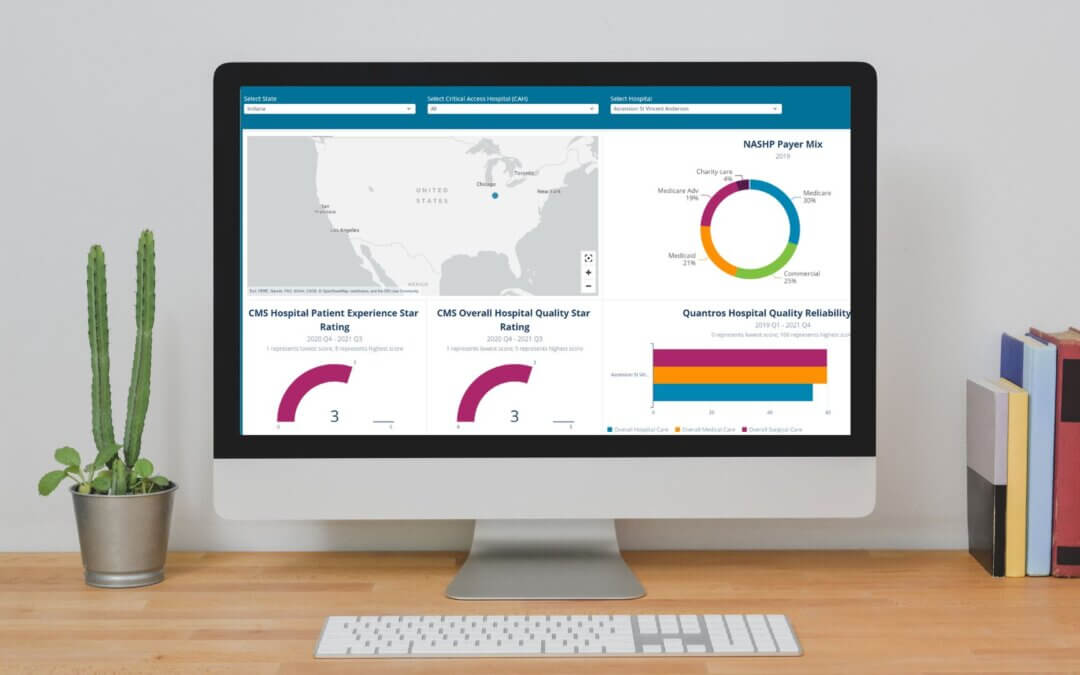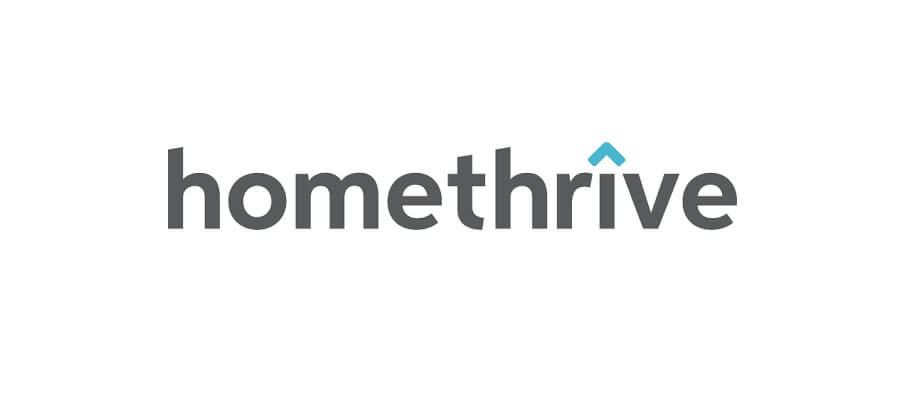Featured & Video

Accessing Healthcare Quality and Cost Transparency
Sage Transparency makes hospital quality information easily and freely accessible. Many of us know the stress that comes from surprise sky-high...
How to Compare Hospital Prices with Sage Transparency
Thanks to Sage Transparency, healthcare consumers and employers can compare hospital prices like never before. Pricing information is readily and...
How to Prepare for the Gene and Cellular Therapy Revolution
It’s no secret that healthcare treatments are advancing like never before. Innovative technologies are yielding new medical treatments and...
Webinar Recap – Are You Insured For Miracles?
Did you miss our webinar on gene and cellular therapies? We'll be highlighting some of our favorite...
How to Educate Employees on Their Healthcare Plan
The health insurance industry standard is to host an open-enrollment meeting once per year, but we’ve seen firsthand that that isn’t enough. Knowledge is the foundation of employees engaging in their healthcare plan, and 20 minutes every 12 months doesn’t provide adequate time for true understanding.
Why You Should Engage Employees in Their Health Plan
Businesses are putting greater focus on employee retention and attraction. While some industries are facing record layoffs, others struggle to fill role vacancies. While benefits, are a large part of this equation, benefits don’t benefit anyone who doesn’t understand what they are, how they work, and how it positively impacts them.
The Truth Behind the Mysterious “Network Discount”
Every year as your business renews its health plan, you probably hear the term “network discount” thrown about as one of the many benefits that provider offers. Today we’re going to take some time to demystify what a network discount is and explain why it may not be as good a deal as people are led to think.
Why Trucking Companies Uniquely Benefit from Self-Insured Health Plans
While all companies could use more control, there are a few industries that particularly benefit from rethinking their approach to health insurance. One of these is the trucking industry. With a background in the skilled trades and trucking industry, our business manager Mike Lutz understands deeply the healthcare struggles many trucking companies face.

Homethrive Introduction
https://vimeo.com/766178628 Please join us as we host Margaret Raiche, Midwest Regional Vice President, to hear how Homethrive is the...
Start a Conversation
Let’s have a conversation on our dime to see if a Total Control Health Plan will meet your business or organization’s goals.
Contact us to schedule a free consultation today.
What is MLR?
MLR, or Medical Loss Ratio, is a prime example of misaligned incentives in the health care supply chain. The Medical Loss Ratio is a provision in the Affordable Care Act that was intended to keep insurance carriers from over charging their customers. It requires that carriers spend $.80 of each dollar collected in the small group market, and $.85 of each dollar collected in the large group market, to pay its customers’ medical claims and activities that improve the quality of care. The remaining portion can be used for overhead expenses, such as marketing, profits, salaries, administrative costs, and agent commissions. If health care costs go up, however, then the carrier is justified in charging higher premiums increasing the value of their 15% or 20%. With a model like this, carriers benefit when health care costs go up.